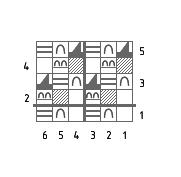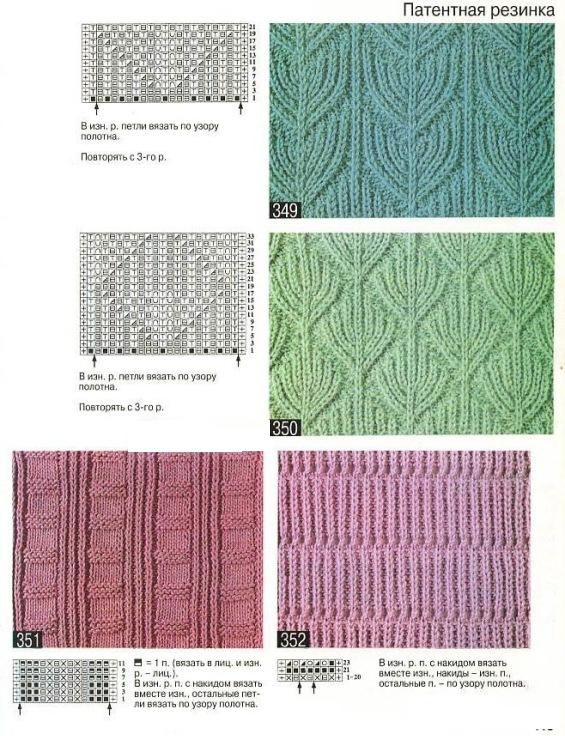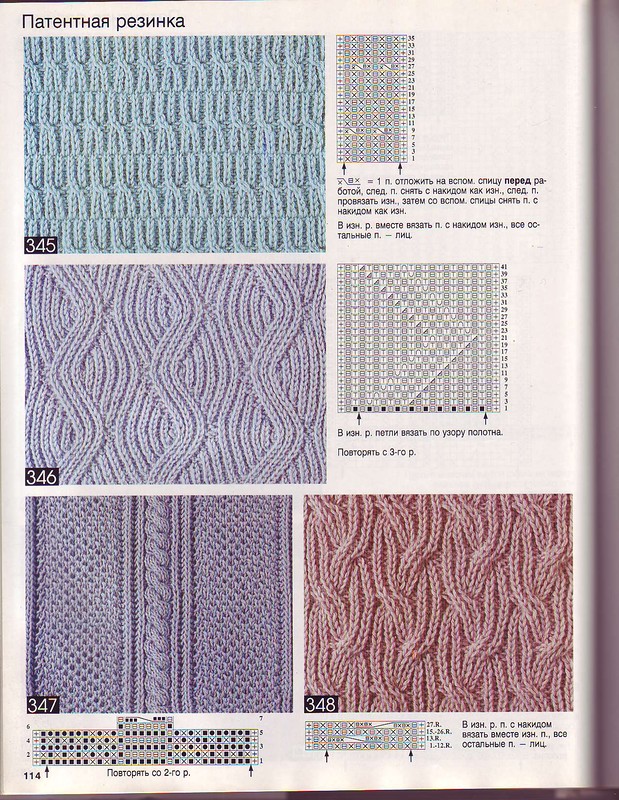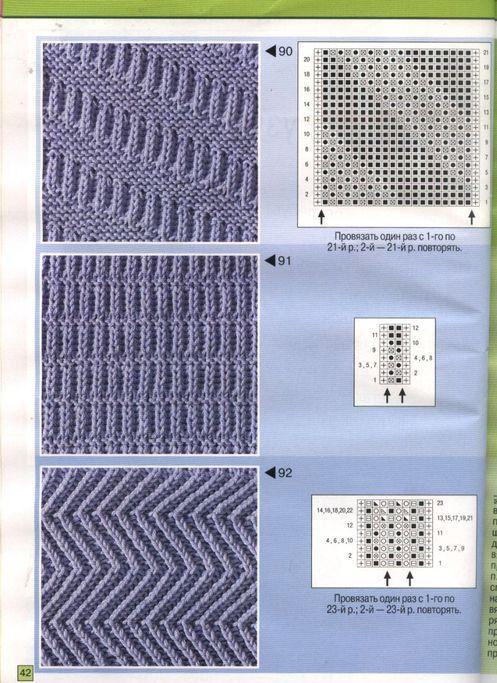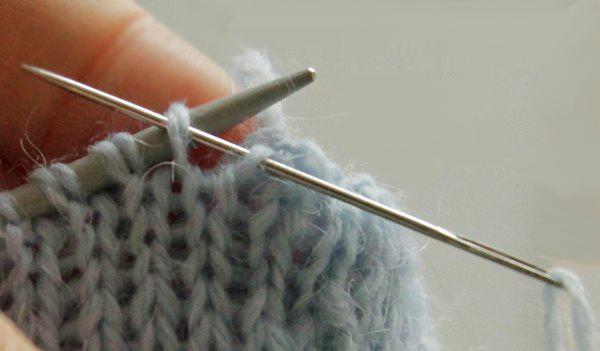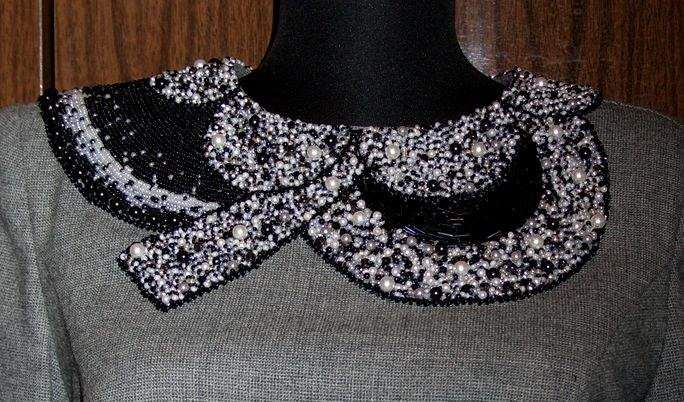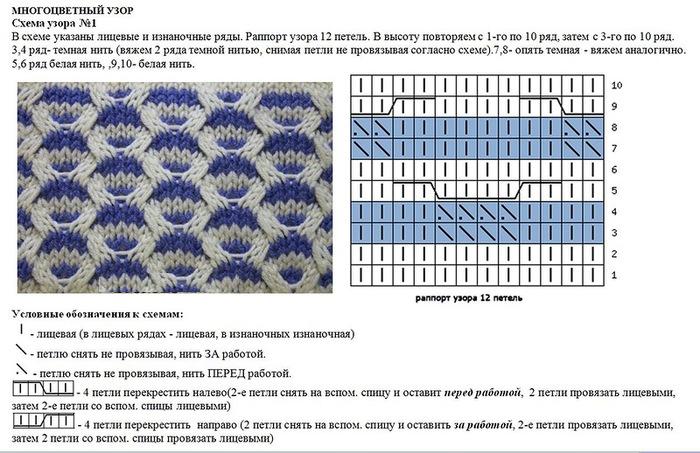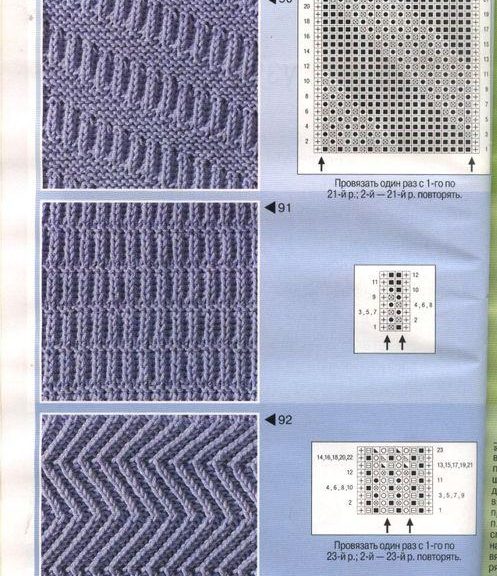
Video Tutorials and examples of knitting patent gum schemes
Content
- Technique crochet patent gum
- Technique crochet polupatentnoy gum
- Net patent pattern
- Two-tone patent gum
- Schemes patent patterns
Of all the available arsenal of knittingpatterns, patent patterns are the most common and popular. They are quite versatile and can be used for manufacturing various kinds of knitted fabric. This master class will discuss how to form patterns such patent as spokes gum. The lesson is also present gum scheme, and a detailed description. More specifically, the patent at the gum, there is no single scheme, and several techniques of knitting, which we discuss in class. This spoke gum belongs to the form of patent patterns, and so we'd better start by examining their implementation schemes and techniques. The main difference, which are all patent patterns, is the big volume and elasticity. These qualities define the need for an increased amount of yarn. Pay attention to the side of the web connected this pattern. The fact is that they should be exactly the same, or those which can be used in the bilateral things. This feature allows you to knit with them bilateral jerseys, such as scarves and hats with flaps.


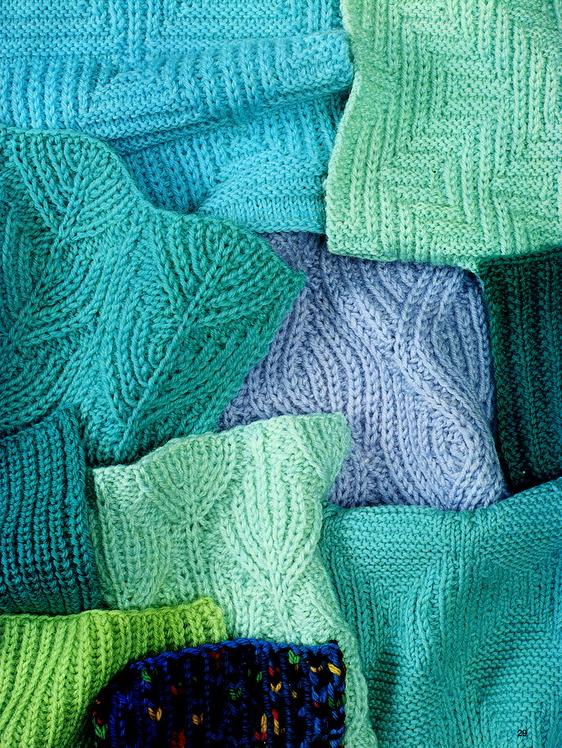

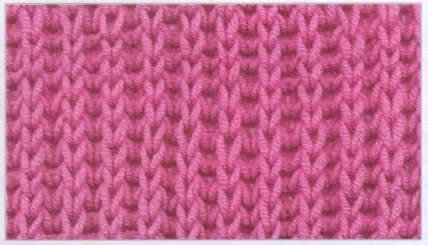

Technique crochet patent gum
Classic patent gum is also called the English, and is double-sided. Driving this figure quite simple. For her, you need to dial an odd number of units.
Skilled needlewoman aware of the two schemes andmanufacturing techniques of drawing on the knitted fabric. The first scheme assumes that shot loops (P). For its formation in the first row (R) Wrong sample loop (SP) is removed from the nakida (H), then follows the front loop (LP).
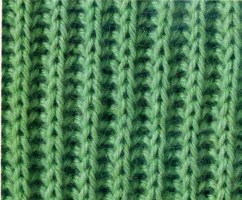
In the second row that P, which we had previously mated with N, performed together as the LP. Then remove from the wrong loop nakida.

first SP disclaim nakida In the third line,then the following two units (loop and H) are knitted together as the LP. Next, you need to repeat the second and third R. The second technique is based on the use of P, which raised needles from the lower R. There will also need an odd number of loops. First line fit only LP.

The second consists alternately of P LP and the unitsthat rise of needles at the bottom line (the same U need to finish). The third P knit the same P, but simply rearrange them. Then follow the web spokes alternating between the second and third R.
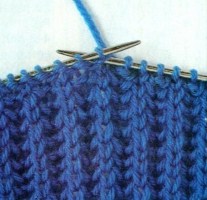
Video knitting lesson patent gum on the bottomTo work out in a number of patent knitting gum offers a real master class video, which will help to master this type of needlework. For knitting sample, we need to perform a set of P according to preliminary calculations. To repeat require two units, plus 1 loop for symmetry, and two edge. After completing the calculation, make a set of twenty-three P. In the first row all P provyazyvayutsya as LP. In the next second after the R edge to perform the first LP from the bottom line of the loop. How to do it correctly, you'll show the class. The second P rapport tally of already working R. Rapport consists of two loops, so it needs to be repeated until the end. In the third P P is performed after the edge of the working line PL, and then from the lower unit F, so the line to the end. Then continue to knit patent gum from the lower P P, repeating the second and third line.
Technique crochet polupatentnoy gum
Very similar are the two types of gum, and patent polupatentnaya. But the second differs from the first, which is not the same on both sides. Its front side is slightly different.

At the same time one of its sides visually lookssame as patent gum and second resembles a pearl. For its formation is less yarn and spent less time, so it is used needlewomen willingly. Polupatentnaya gum may be formed using two needles with the same techniques, that is, removed from the P, or P bottom R. In this case, there are some differences between them, otherwise they would have been identical. In the photo below you can see the wrong side polupatentnoy gum.
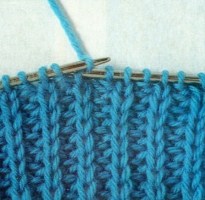
Net patent pattern
Many needlewoman know that therealso mesh pattern patent needles, which does not have great elasticity, but very warm and voluminous. Visually mesh terrain just great, so great demand for experienced or even novice knitters. Driving it is as simple as the previous relief, but it has a vertical pattern repeat of a few more, then there are five R.
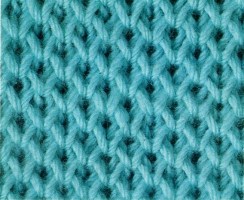
Exterior mesh pattern is determinedits presence in Scheme H, which are located on the front side of the circuit. This pattern is also called cells or bars. For his knitting needles need to do set an odd number of P. The first P after edge knit 1 LP, then remove with a P nakida as SP. At the end of P should be PL, and the bead. Another face F consists of the LP after LP it should still shot nakida (train rear), and PL. The third P edge after shooting unit to H, and then perform a loop together and H as the LP. At the end should be P Discontinued nakida. The Fourth R consists of alternately repeating PL and removed H. In the last fifth P rapport must first bind with P and nakida as LP. Then remove from P nakida, rapport and repeat. Ends fifth line loop knit together with H as the LP.
Two-tone patent gum
Pay attention to the following patent pattern associated with needles of yarn of different colors. This is a very beautiful color patent gum.
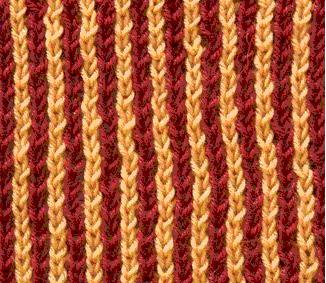
Figure is not the same on both sides, but it is two-sided. This is because both sides are very well looked. Therefore, it can also be used for knitting scarves and hats.
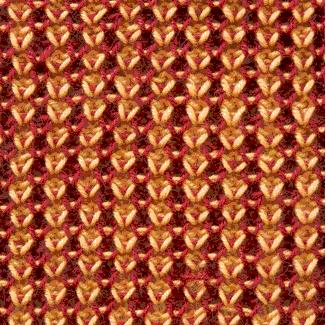
Here, the blank square represents the LP, partially shaded and three P together as LP. One arc represents H and two arcs with two loop N. Two horizontal bars indicate the removed loop.
